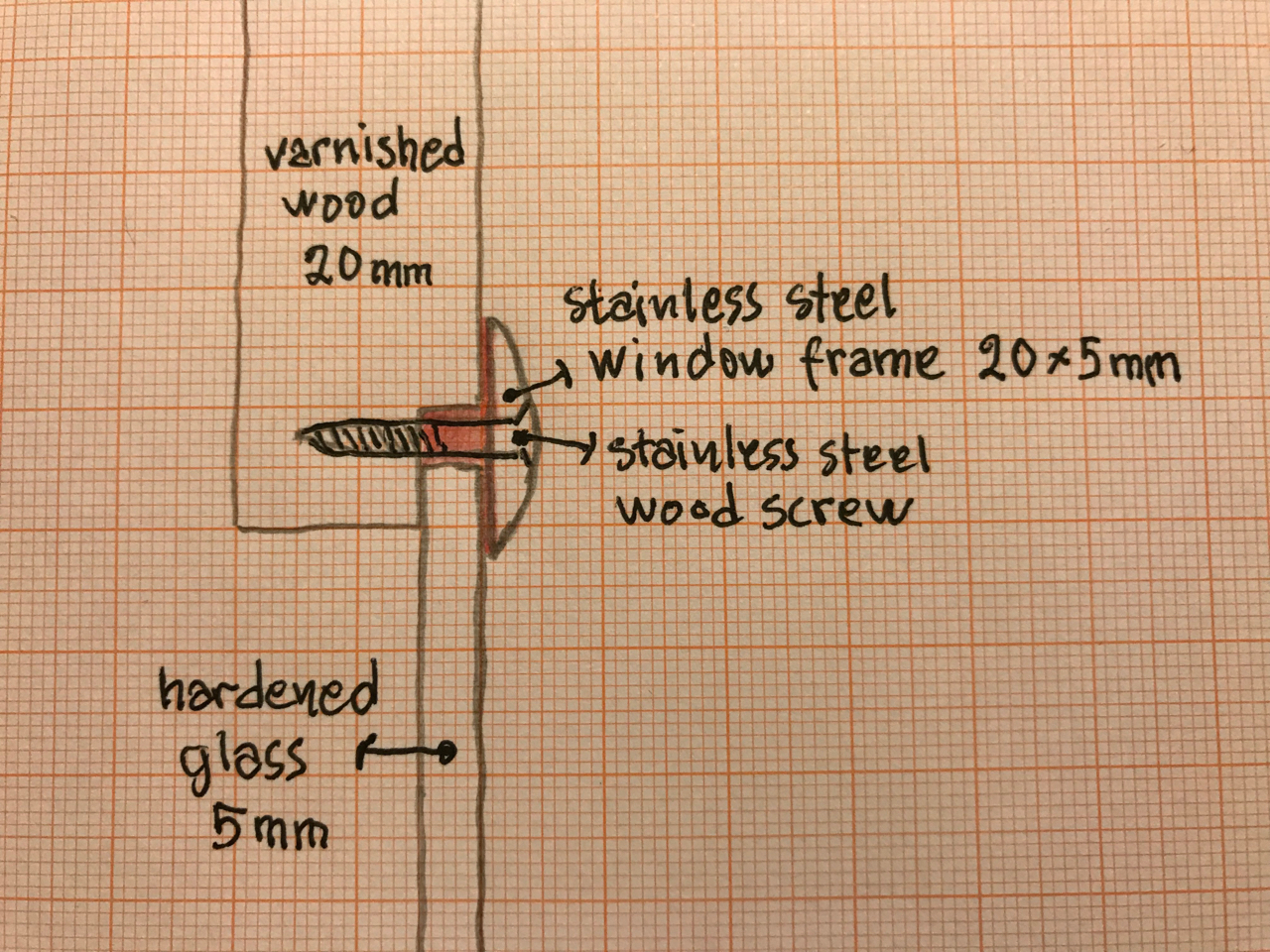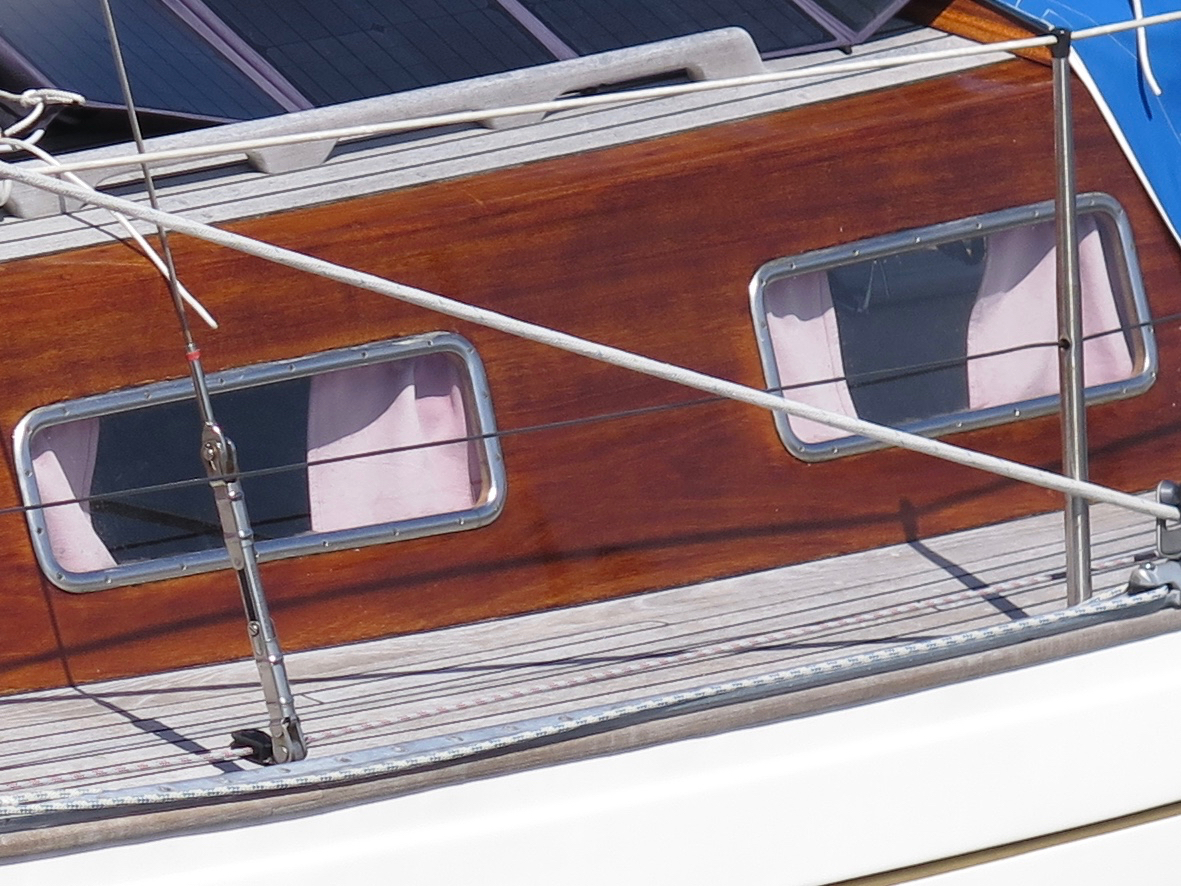BabaYaga
Well-known member
I would be grateful for some advice on a suitable window sealant.
In a few months time I will face the task of rebedding the windows on my mahogany coachroof sides, after having put on 8 – 10 coats of varnish from bare wood.
The construction is as shown in the cross section sketch below. The sealant should fill the space marked in red.
The sealant used originally was clear marine silicone, this is also the stuff that the knowledgeable people at the Vindö yard use today after revarnishing jobs.
Still I am keen to find out if there are any alternatives, mainly because silicone dust and varnish is not really a happy combination (this surface will be lightly abraded and re-coated every season).
I have been thinking about using a butyl-based sealant instead, possibly in the form of a thin tape to act as a gasket between the frame and the substrate.
Does this sound like a good idea? I am a bit worried that the modest wood screws might not provide sufficient compression, but at the same time too much compression could perhaps cause the sealant to squeeze out? It would be interesting to hear from people with experience of butyl what they think.
Sealants such as Sikaflex 291 and other poly urethan type are out, as they are 'too effective' and would make it impossible to remove the windows in one piece in the future. But maybe there are other types of sealants that I am not aware of, which might be suitable?


In a few months time I will face the task of rebedding the windows on my mahogany coachroof sides, after having put on 8 – 10 coats of varnish from bare wood.
The construction is as shown in the cross section sketch below. The sealant should fill the space marked in red.
The sealant used originally was clear marine silicone, this is also the stuff that the knowledgeable people at the Vindö yard use today after revarnishing jobs.
Still I am keen to find out if there are any alternatives, mainly because silicone dust and varnish is not really a happy combination (this surface will be lightly abraded and re-coated every season).
I have been thinking about using a butyl-based sealant instead, possibly in the form of a thin tape to act as a gasket between the frame and the substrate.
Does this sound like a good idea? I am a bit worried that the modest wood screws might not provide sufficient compression, but at the same time too much compression could perhaps cause the sealant to squeeze out? It would be interesting to hear from people with experience of butyl what they think.
Sealants such as Sikaflex 291 and other poly urethan type are out, as they are 'too effective' and would make it impossible to remove the windows in one piece in the future. But maybe there are other types of sealants that I am not aware of, which might be suitable?


